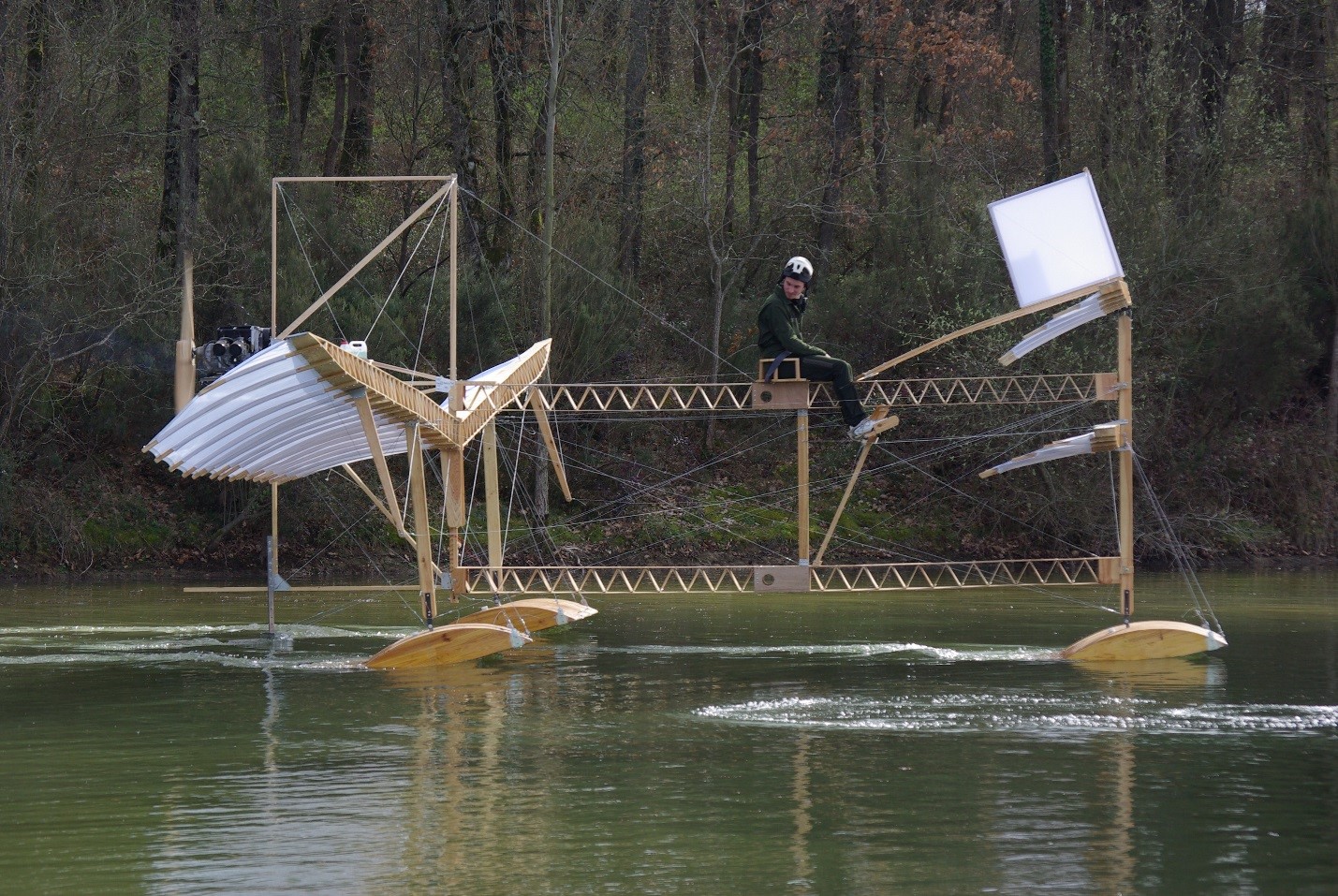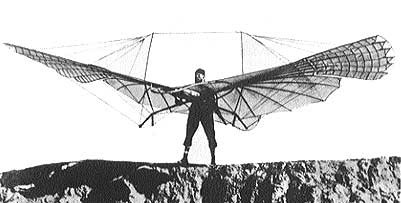InTrans / Mar 28, 2016
Taking flight: A history
Go! Magazine
 posted on March 28, 2016
posted on March 28, 2016
It’s said that the dream of flying is as old as mankind itself.
Cars and motorcycles can be great, but what about transportation that doesn’t revolve around wheels? Some of the most fascinating modes of transportation are the ones we don’t get to use every day—things like airplanes and hot-air balloons.
This time around, we’re not focusing on wheels at all—quite the opposite—we’re focusing on modes of transportation that go above and beyond wheels and into the air and across the sky. We’ll start by taking a look at one of the most impactful inventions in the history of flight: the airplane.
The art of flight
Today we can fly with the help of airplanes. From traveling for business or pleasure, to transporting cargo, and being used in the military, airplanes have become a necessity for a modern way of living.
The airplane, just like other brilliant inventions of its time, began as a simple idea. You may have heard of the Wright brothers, Orville and Wilbur Wright, who revolutionized transportation by inventing the world’s first successful airplane—the “Wright Flyer I”—that took flight in 1903. With that, the Wright brothers became the pioneers of aviation.
In the years to follow, the art of flight would develop at a rapid pace. The brothers immediately began turning their experimental aircraft into a marketable product. By 1905, they had created what they considered to be a “practical flying machine.”
At the same time, other inventors were quick to adapt and expand on the design of the Wright brothers’ plane. Then, as World War I approached in the 1910s, aircrafts were adopted as an essential part of war.
The best of both worlds
As flight continued to progress in the early 1900s, a new invention would bridge the gap between the sea and the sky.
The “seaplane,” an aircraft with floats instead of wheels, was designed to land on and take off from bodies of water. In 1910, just seven years after the Wright brothers piloted the first practical airplane, French inventor Henri Fabre completed the first successful seaplane take-off. Then, the following year, Glenn Curtiss had the first successful seaplane flight in America.

Curtiss went on to make important contributions to seaplane development. Naval seaplanes, flying boats, and aircraft carriers directly resulted from Curtiss’s influence. Then, in 1919, the U.S. Navy’s Curtiss NC-4 flying boat became the first aircraft to triumphantly cross the Atlantic Ocean.
Pioneers of the past
Though the Wright brothers’ success earned their status as “the pioneers of aviation,” it’s important to remember they certainly weren’t the first ones to try it.
Before the Wright Flyer I took to the sky, inventors were building contraptions called “ornithopters.” These machines, sometimes as simple as arm attachments, had flapping wings that imitated bird flight.

As science would have it, these inventions would prove to work better in theory than in reality. So, as ornithopters failed to “take off” as practical inventions, aeronauts (people who travel in a hot-air balloon, an airship, or another flying craft) started looking for other ways to fly.
In the late 1700s, these aeronauts began taking flight in early hot-air balloons. The balloons themselves were “lighter than air” and were filled with either hot air or hydrogen gas. These flights were risky and would prove to be impractical; there was no way to control the path or destination of the flight, rather, an aeronaut had to rely entirely on the wind.
The first of these hot-air balloons, invented by French brothers Joseph and Jacques Etienne Montgolfier, was launched in 1782. The hot-air balloon carried its first passengers the following year. These fearless passengers—a rooster, a sheep, and a duck—rose to an altitude of 1,640 feet, surviving their eight minute trip into the sky and returning with a safe landing.
As impressive as farm animals in a hot-air balloon may seem, the most practical flying inventions before 1900 were gliders and early monoplanes. In fact, the Wright brothers fashioned their own gliders before their airplane design took off.
Up, up, and away
The evolution of flight perfectly illustrates how bright minds and bold moves collectively formed modern transportation as we know it. As early as the 1480s, Italian artist, inventor, and scientist, Leonardo Da Vinci studied and theorized mechanical flight. Today, nearly 600 years later, flight is as easy as buying a plane ticket.
Whether it be transportation on four wheels, two wheels, or up in the sky, transportation continues to develop along with civilization. In turn, transportation was a major key in society’s development. As technology advances into the future, what will become the “next big thing” for transportation? It’s yours to create.
Related links
Go! Article: “An abbreviated history of flight”
Video: https://www.youtube.com/watch?v=RriKI7u72Xs
http://www.wright-brothers.org/History_Wing/History_Intro/History_Intro.htm
http://glennhcurtissmuseum.org/educational/glenn_curtiss.html
By Hannah Postlethwait, Go! Staff Writer